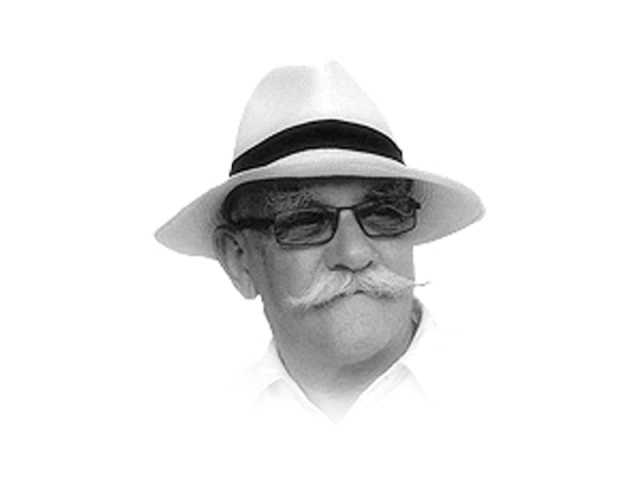
Almost any image from the first moon landing, the first flight of the Wright brothers’ aircraft, Robert Capa’s picture of a soldier caught in the moment of being shot… all have entered the public collective consciousness and in some instances conscience — and become part of the backdrop of pictures that are in the human hard drives of millions. Pictures that tell a story at a myriad levels and which have an enduring relevance.
A very few pictures are instantly iconic, but there is one recent example which is. Nilufer Demir of the Turkish Dogan News Agency came across the body of Aylan Kurdi as she was photographing a group of Pakistanis who were trying to reach Greece. The child lay at the edge of the water, close to the body of his elder brother. The pictures she took of the body and of the policeman carrying it inland touched chords everywhere. The pictures became public property. They found their way into political cartoons and sparked debates not only about the European migrant crisis but also the ethics of publishing such images in print or electronic media.
And now Aylan Kudi has appeared, if briefly, on the streets of Pakistan, incorporated in an advertisement that provoked public anger soon after it appeared.
The context in which the image of the dead child appeared was particularly odious — the scramble for the hides of animals sacrificed in the upcoming Eid celebrations. Political parties are eager to capitalise on this lucrative business, and their various welfare wings are gearing up to collect the hides. One party decided to incorporate the image of Aylan Kurdi along with the text “A little victim of imperialist bloody game”. The advertisement exhorted people to offer their sacrifices with the organisation, adding that the proceeds would go to “the oppressed Muslims of Syria”. How this was to be achieved in practice is of course not explained.
The organisation which posted the images was quickly and rightly condemned on all sides, and it claimed it was all a misunderstanding between the printers and its media wing, laying the blame squarely on the agency which printed the advertisement. Within hours the advertisements came down, a rare and very welcome example of public outrage that was entirely justified and closely focused.
Whether the creation of the advertisement that used the image was the result of a misunderstanding or not is neither here nor there, but what is of considerable significance is the public response to it. In a country inured to images of violence which appear almost daily in some parts of the media ‘the line’ seems to expand ever outwards, extremes of imagery passing uncritically, driving a coach and horses through what flimsy checks and balances there are. Anything goes — except that perhaps it does not, and here is the encouraging news.
The paradox of the exposure of the iconic image of Aylan Kurdi in such a tasteless and inappropriate manner is that it demonstrates that all is not lost. There is still a collective conscience, it has not completely withered away, and enough people were sufficiently exercised by the advertisement to ensure its removal. There were no major street demonstrations, nobody got hurt, and there was no police activity that I am aware of but a blizzard of anger on social media and elsewhere. Not a brick was thrown nor a window broken and in media terms it was something of a non-story. A line had been crossed that was unacceptable to enough people who then collectively and very decisively — made a difference. Cynic that I am I found this quietly restorative, uplifting even, and look forward to more of the same in future. Eid Mubarak!
Published in The Express Tribune, September 24th, 2015.
Like Opinion & Editorial on Facebook, follow @ETOpEd on Twitter to receive all updates on all our daily pieces.














COMMENTS
Comments are moderated and generally will be posted if they are on-topic and not abusive.
For more information, please see our Comments FAQ